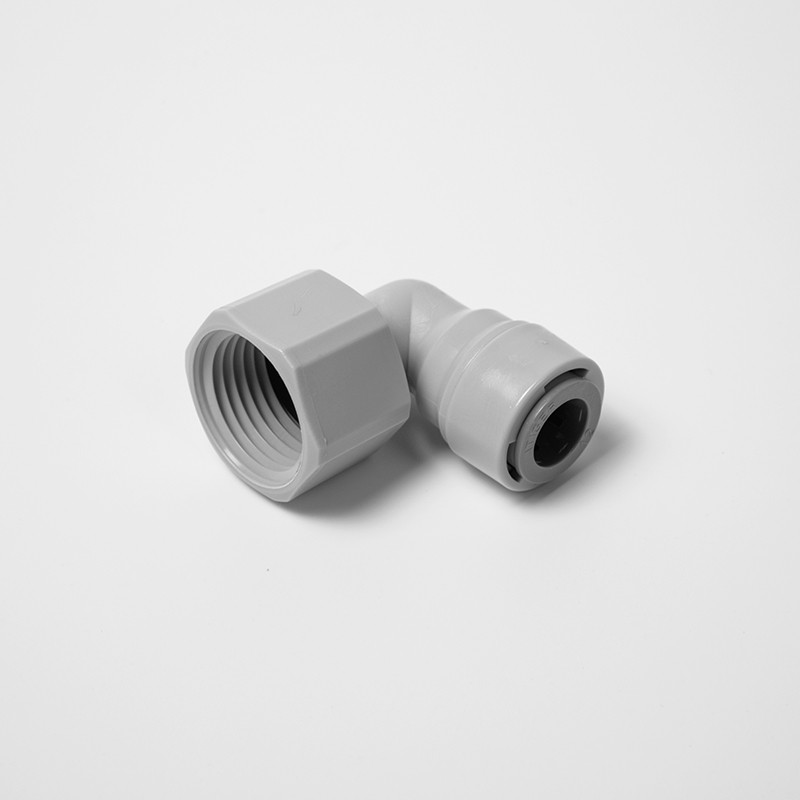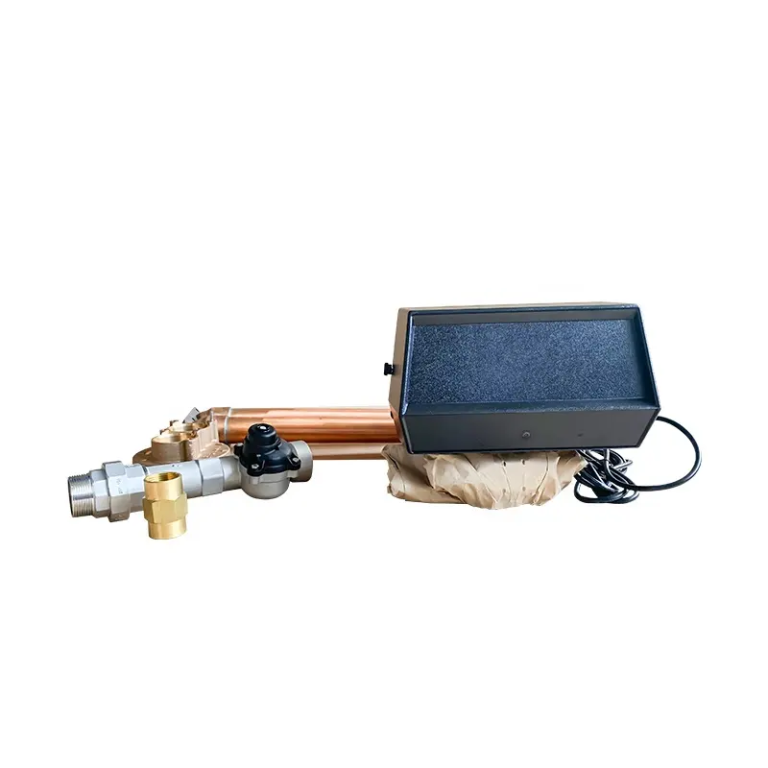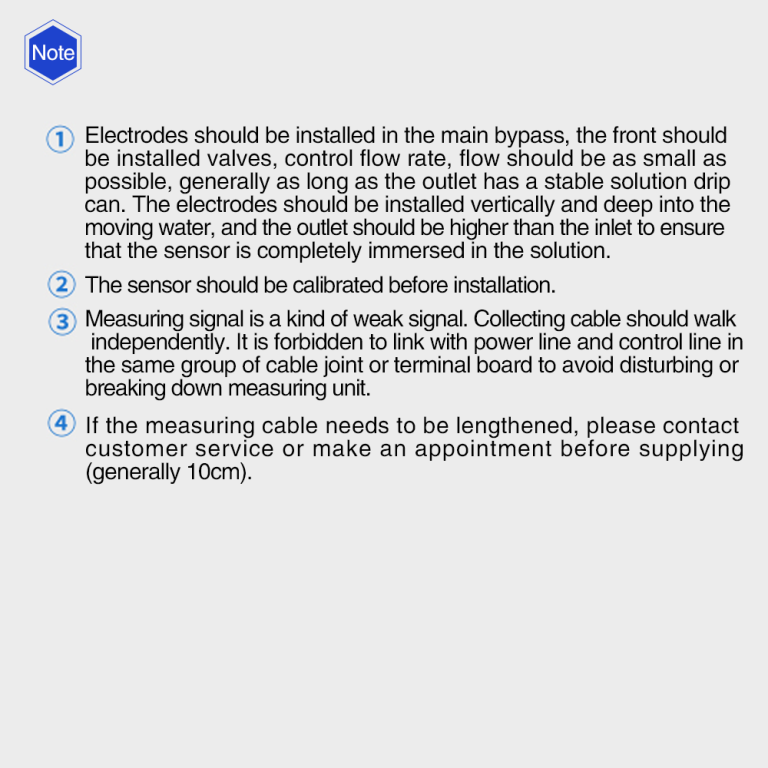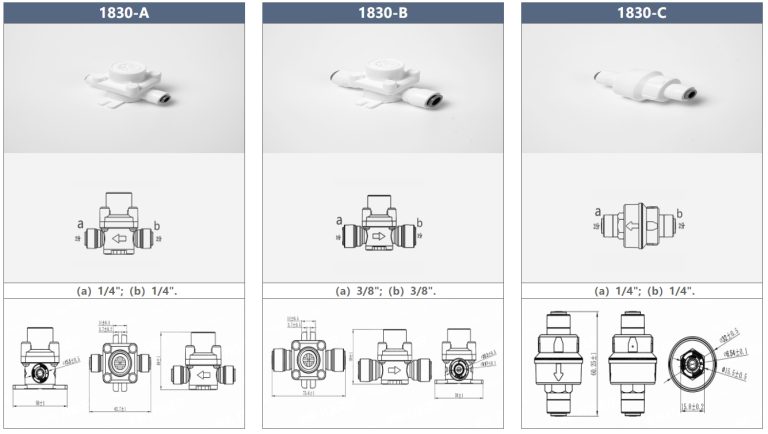“Softener Connector: Making laundry day a breeze.”
Table of Contents
Benefits of Using a Softener Connector in Your Home
Water softeners are a popular addition to many homes, as they help to remove minerals such as calcium and magnesium from the water supply. These minerals can cause a variety of issues, including scale buildup in pipes and appliances, as well as dry skin and hair. One important component of a water softener system is the softener connector, which plays a crucial role in ensuring that the system functions properly.
| Model | Tube(a) | Stem(b) |
|---|---|---|
| 1801-A | 1/4 | 1/4 |
| 1801-C | 1/4 | 3/30 |
A softener connector is a flexible hose that connects the water softener to the main water supply in your home. It is typically made of durable materials such as stainless steel or braided polymer, which are designed to withstand the high pressure of the water supply. The connector is available in various lengths and sizes to accommodate different types of water softeners and plumbing setups.
One of the key benefits of using a softener connector is that it helps to prevent leaks and water damage in your home. The flexible design of the connector allows it to absorb the vibrations and movements of the water softener, reducing the risk of stress on the plumbing connections. This can help to extend the lifespan of your water softener system and prevent costly repairs in the future.
Additionally, a softener connector makes it easier to install and maintain your water softener system. The flexible hose can be easily maneuvered into tight spaces and around obstacles, making it simpler to connect the water softener to the main water supply. This can save you time and hassle during the installation process, as well as make it easier to access the water softener for routine maintenance tasks.
Another benefit of using a softener connector is that it helps to improve the overall efficiency of your water softener system. By providing a secure and reliable connection between the water softener and the main water supply, the connector helps to ensure that the system operates at its optimal performance level. This can result in softer water throughout your home, as well as reduced energy and water usage.
In addition to these practical benefits, a softener connector can also help to improve the aesthetics of your home. The sleek and modern design of the connector can add a touch of style to your plumbing setup, making it a more attractive feature in your home. This can be especially beneficial if your water softener is located in a visible area, such as a laundry room or utility closet.
Overall, a softener connector is an essential component of a water softener system that offers a range of benefits for homeowners. From preventing leaks and water damage to improving efficiency and aesthetics, a softener connector can help to enhance the performance and appearance of your water softener system. If you are considering installing a water softener in your home, be sure to invest in a high-quality softener connector to ensure that your system functions properly for years to come.
How to Install a Softener Connector in Your Plumbing System
Installing a softener connector in your plumbing system can help improve the quality of your water by reducing the amount of minerals and other impurities present. This can lead to better-tasting water and can also help prevent damage to your plumbing fixtures and appliances. In this article, we will discuss how to install a softener connector in your plumbing system.
Before you begin the installation process, it is important to gather all the necessary tools and materials. You will need a softener connector kit, a pipe cutter, a wrench, Teflon tape, and a bucket to catch any water that may leak during the installation process. It is also a good idea to turn off the water supply to your home before you begin working on your plumbing system.
The first step in installing a softener connector is to locate the main water supply line in your home. This is usually located near your water heater or in the basement. Once you have located the main water supply line, use a pipe cutter to cut the pipe where you want to install the softener connector. Make sure to measure the pipe carefully before cutting to ensure a proper fit.
Next, take the softener connector kit and follow the manufacturer’s instructions for installation. This typically involves attaching the connector to the cut pipe using a wrench and Teflon tape to ensure a tight seal. Make sure to tighten the connector securely to prevent any leaks.
Once the softener connector is securely attached to the main water supply line, you can connect the other end of the connector to your water softener system. Again, follow the manufacturer’s instructions for this step to ensure a proper connection. Once the connector is in place, turn the water supply back on and check for any leaks. If you notice any leaks, tighten the connections further or add more Teflon tape as needed.

After you have installed the softener connector, it is important to regularly check for any leaks or other issues. It is also a good idea to periodically clean and maintain your water softener system to ensure it continues to function properly. By taking these steps, you can enjoy the benefits of cleaner, better-tasting water in your home.
In conclusion, installing a softener connector in your plumbing system can help improve the quality of your water and prevent damage to your plumbing fixtures and appliances. By following the steps outlined in this article and regularly maintaining your water softener system, you can ensure that your water remains clean and safe for you and your family to enjoy.




